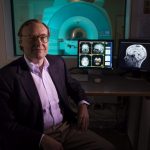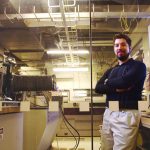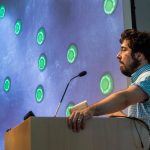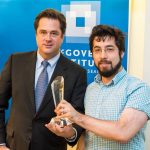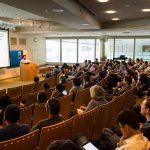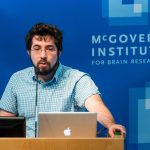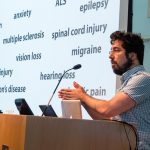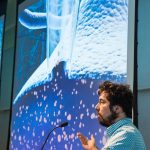This award-winning video provides viewers with an intimate tour of the McGovern Institute and it explores the tools our researchers are using to unlock the mystery of the human brain. It shows how our research is pushing the frontiers of technology and providing new insights into brain disorders such as autism, Parkinson’s disease, and mental illness.
Produced by Emmy nominated John Rubin Productions, “Welcome to the McGovern Institute” won a 2010 CINE Golden Eagle Award and a 2010 Telly Award, which honors “outstanding local, regional, and cable TV commercials and programs, the finest video and film productions, and online film and video.”


